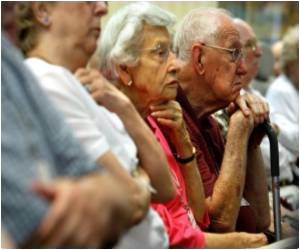
The research found more than half of the 75 to 85-year-olds interviewed were at high risk of malnutrition and those most at risk are widows and widowers living alone after being in a relationship.
Dr Carol Wham, a nutrition researcher at the University’s Institute of Food, Nutrition and Human Health, says older widowers are particularly susceptible to under-eating because they were often used to their spouses preparing meals.
“We found that widows and widowers were more likely to be at nutrition risk than those who were married/partnered, divorced/separated or never married,” Dr Wham says.
The 108 participants in the study came from rural and urban areas of the North Island. They were screened for a range of risk factors, such as weight change, food intake, meal frequency, diet restriction, appetite, chewing and swallowing difficulties, meal replacement, eating alone, meal preparation and shopping difficulties.
Dr Wham says the study, recently published in the Journal of Nutrition, Health and Ageing, linking poor nutrition with living alone is one of only a few investigating people of advanced age in New Zealand but it reinforces similar studies here and overseas.
She suggests families, friends and neighbours of older people living alone should invite them for meals on a regular basis and also offer to visit them and cook for them or give them a reason to cook for others.
Advertisement
Those who were not at risk nutritionally tended to engage in more physical activity and had better muscle mass and strength. They also drank alcohol at least twice a week – possibly a reflection of the positive effects of social interaction.
Advertisement
The study was funded by the Health Research Council and is part of m Life and Living in Advanced Age: A Cohort Study in New Zealand, a longitudinal study of more than 1000 people aged 80-plus being conducted by researchers from the Universities of Auckland and Otago as well as Massey.
Source-Medindia











